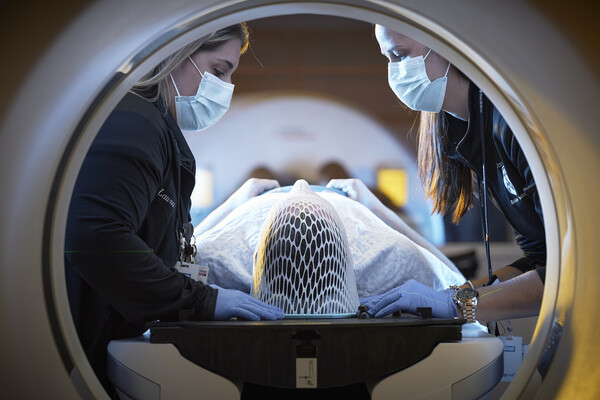Genetic material offers evolutionary answers
The key to discovering the long-term evolution of certain diseases may reside in bits of genetic material previously thought to have no function. A team at the University of Pennsylvania has uncovered an important role for some of these retrotransposons.
Haig Kazazian, M.D., the Seymour Gray Professor of Molecular Medicine in Genetics, along with former Penn Professor John Moran and graduate student Ralph DeBerardinis, found that some retrotransposons have a use in the evolutionary process. They published their findings in the March 5 issue of Science.
Retrotransposons have the ability to shape the structure of genomes, in the process creating noncoding DNA that tends to litter the human genome. Within that litter are clues to the history of diseases.
"The significance is that it's providing a nice, simple and relatively easy mechanism for evolutionary biologists to understand," Kazazian explained. "And it gives an interesting slant on retrotransposons, that they can really be doing something in the evolution of an organism."
Kazazian holds an overhead that charts exon reshuffling.
Photo by Addison Geary
Kazazian and his colleagues have been working on retrotransposons for 11 years, since they found an insertion of a shortened element into a specific gene type. "It caused hemophilia in a child and that piqued our interest. Since then a number of these insertions have been found causing disease. We've been able to isolate the precursors of these insertions, which are themselves active elements," Kazazian said.
The precursors are the retrotransposons that do not generally do anything. "It's only a minority, very small minority that are actually active and doing this kind of trick," Kazazian said. "If we look at all of human mutations, we estimate that on the order of maybe one out of every 600 is due to a retrotransposon-type insertion. Most of those will not be in genes and they won't cause a problem. We've thought about them just as parasites, sitting there doing nothing but duplicating themselves. With this mechanism it gives them a chance to actually be potentially doing something for the organism in which they are residing."
The important action of these retrotranspositions is their ability to alter the position of exons, which are small sections of DNA and RNA that are responsible for making the connection between two types of proteins. The new findings suggested a new way exons can be reshuffled. Prior to these findings, scientists thought that exons could be moved only through a process in RNA. Most of the changes in genes, however, are still made by interacting chromosomes in DNA.
The team's discovery that the formerly slighted retrotransposons could determine diseases doesn't lead to any type of quick fix. "What we're talking about in terms of making new exons really has significance in evolutionary time. We're not talking about hundreds of these events occurring today that are making new genes. We're talking about a build up over millions of years," Kazazian said.
"What do we do next? We're trying to figure out more about the mechanism of how retrotransposition occurs. But we'd love to be able to harness them way out in the future as a vector for gene therapy."







